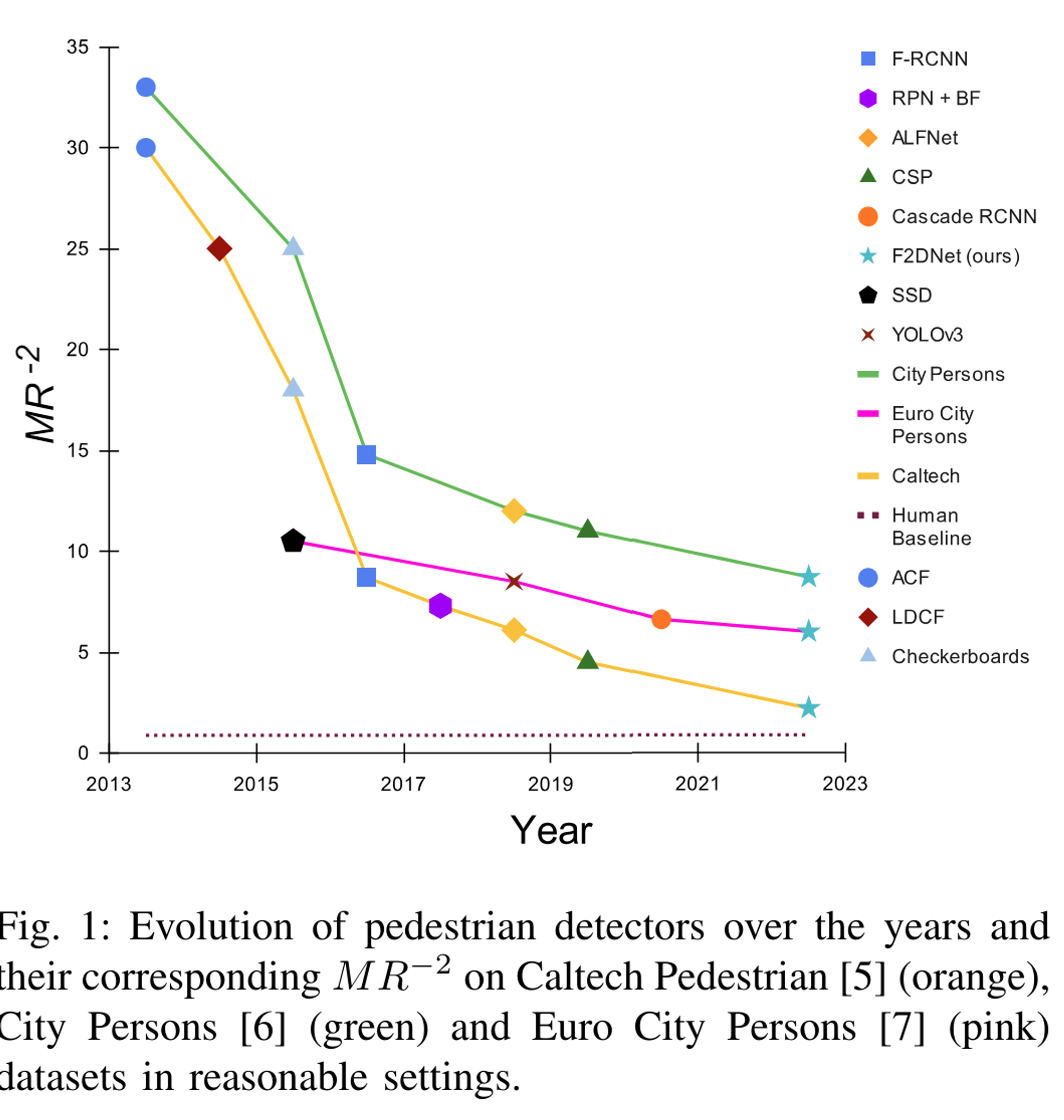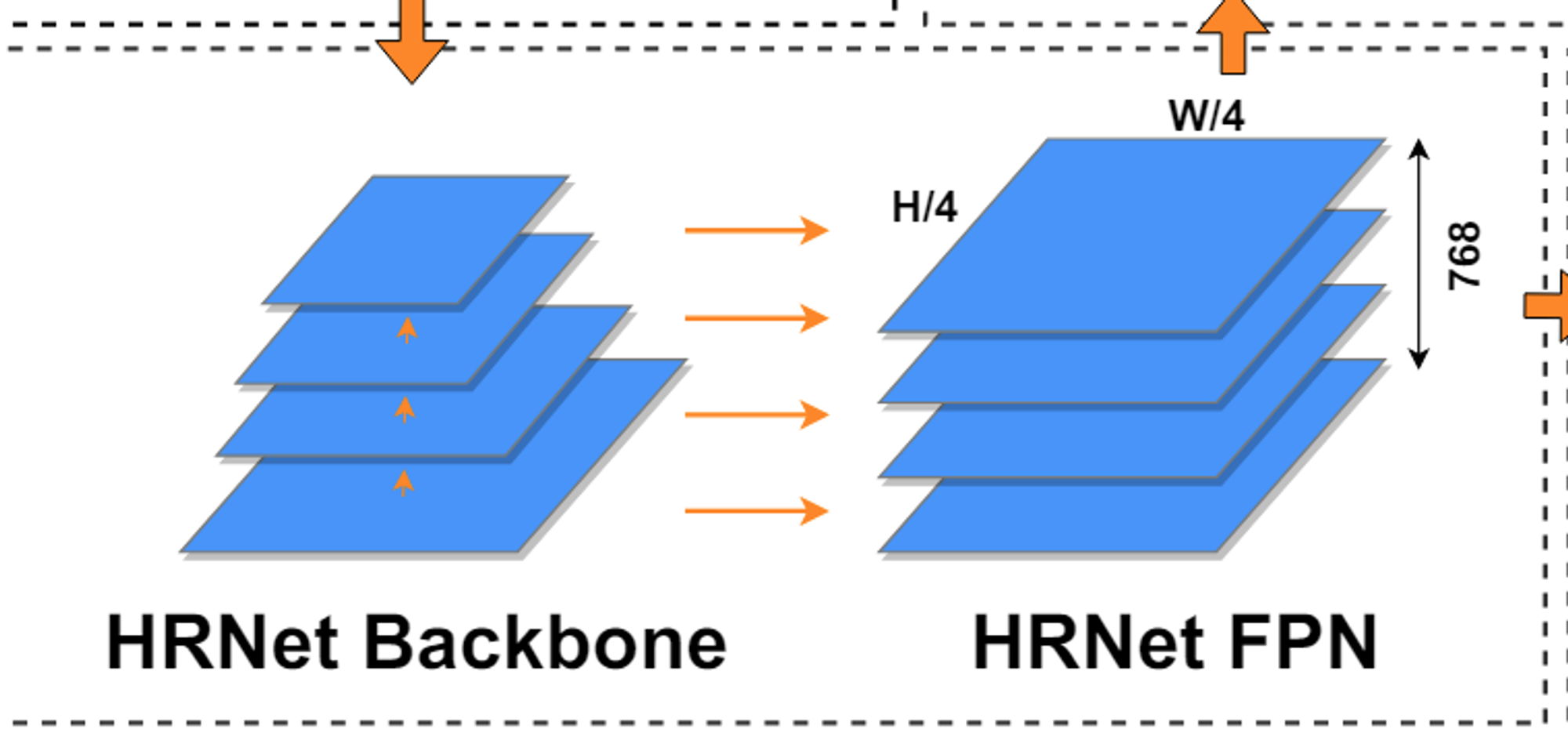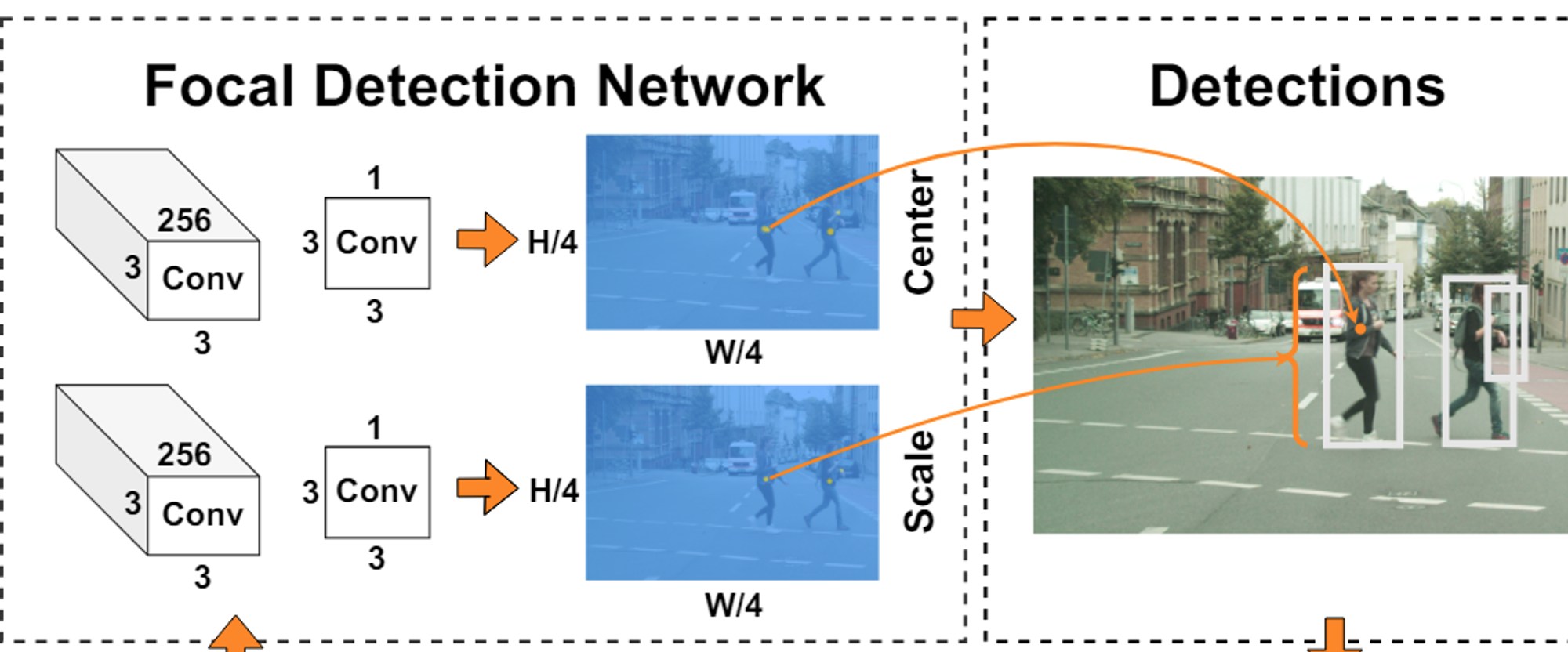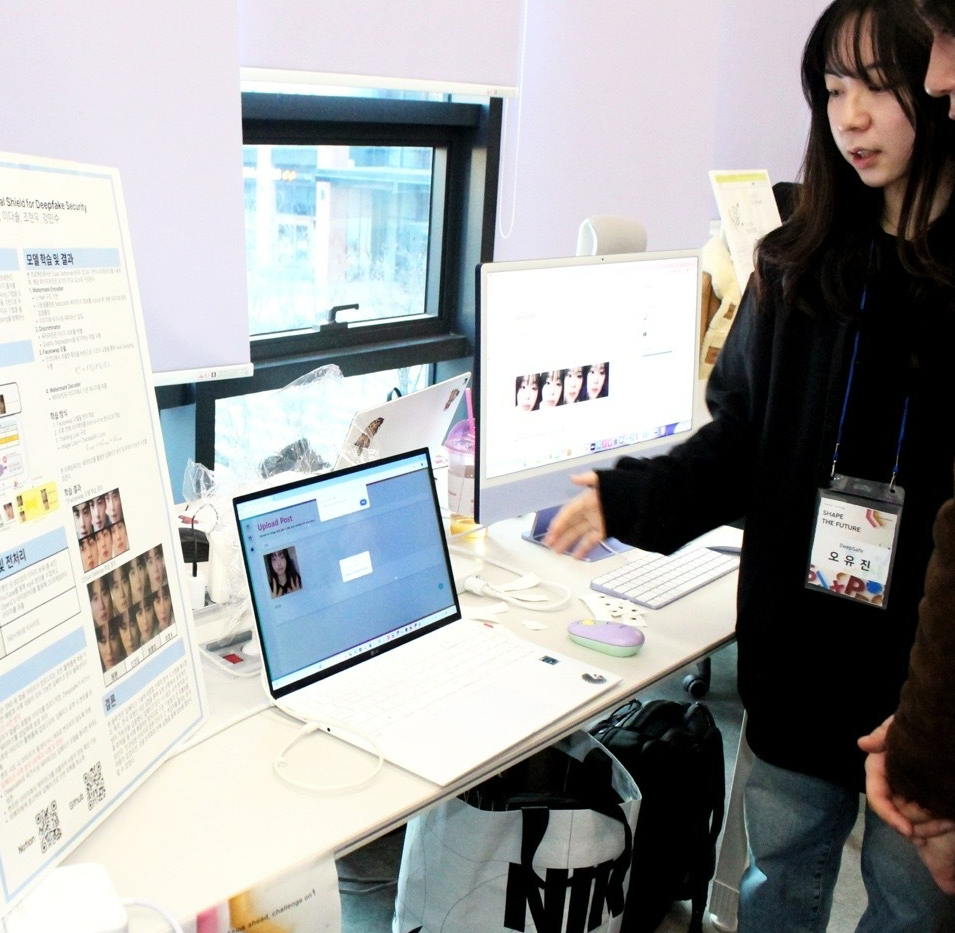| 일 | 월 | 화 | 수 | 목 | 금 | 토 |
|---|---|---|---|---|---|---|
| 1 | ||||||
| 2 | 3 | 4 | 5 | 6 | 7 | 8 |
| 9 | 10 | 11 | 12 | 13 | 14 | 15 |
| 16 | 17 | 18 | 19 | 20 | 21 | 22 |
| 23 | 24 | 25 | 26 | 27 | 28 | 29 |
| 30 |
Tags
- object detection
- deepfake detection
- pedestrian detection
- ccdf
- semi-supervied learning
- hqs-algorithm
- ddim
- facenet
- unconditional ddpm
- ilvr
- daod
- ddpm
- Triplet
- diffusion
- conditional diffusion
- IR
- fourmer
- focal detection network
- diffpir
- stochastic contraction theory
- f2dnet
- ML
- linear inverse problem
- Ai
- ddrm
- ssda-yolo
- neighboring pixel relationships
- unconditional generative models
- image restoration
- face forgery detection
Archives
- Today
- Total
Stand on the shoulders of giants
[paper review] F2DNet: Fast Focal Detection Network for Pedestrian Detection 본문
Paper reviews
[paper review] F2DNet: Fast Focal Detection Network for Pedestrian Detection
finallyupper 2024. 5. 14. 14:25Main idea
- Focal detection network + fast/light-weight suppression head(based on CSP)
- Focal detection network ⇒ rpn w/ per pixel center & scale regression
- light suppression head ⇒ detached settings ∴ light
- False Positive를 줄인다. (by fast suppression)
- *기존 : RPN + Detection head(bbox heads)
- Anchor free method
- *기존: single/multi-stage detectors는 rely on anchors
- loss MR-2 in havy occlusion settings


Background
- Pedesetrian detection
- key = model이 light & efficient해야함. (autonomous vehicle의 computation power문제로인해)
- RPN
- 기존에 느린 selective search-based region proposal generation을 CNN기반 network로 변경
- detectionhead와 end-to-end로 학습 가능.
- Two-stage detectors
- (-): RPN자체는 그냥 후보 region 제안용도로 가볍게 사용되었었음
- → 이후 Detection head에서 refine해야함
- One-stage detectors
- RPN X
- patch별 detection
- (-) class imbalance
⇒ 둘다 anchor에 의존적
Anchor-free approaches (one-stage detector)
- one-stage detector에서 patch별하는거 대신 pixel별로 class 예측 (→이때 downscaled된 feature map)
- center and scale-based approaches
- object의 center pixel여부를 classify
- 해당 object의 scale을 regress(예측)
- (-) more false positives .. (penalty reduced focal loss)
Architecture
- focal detection network는 rpn보다 strong detection candidates를 만듦.
1) Feature Extraction (HRNet as backbone)
- high-resolution feature들을 추출함.
- bbox를 제대로 그리기 위해서 high-resolution features가 요구됨.
- HOW?
- backbone의 stage들에서 feature map들을 가져옴
- → bilinear interpolation과 conv operations를 통해 해당 backbone의 여러 stage들로부터 얻은 feature map들을 모 (h/4, w/4) 로 upscaling
- interpolation은 메모리 비용 x

2) Focal Detection Network
- center and scale-based approaches
- → center와 scale map 예측

- CSP와 비슷 (different loss settings)
Loss
(1) Center loss
- cross entropy loss w/ focus weight (prediction confidence기반)
- 쉬운 샘플들에대한 contribution은 줄이고 optimizer가 hard samples에 focus하게함.
- false positive가 true center와 가까우면 M값이 커져서 (1-M)^베타 term은 작아짐.
- → 생각해보면 그렇다면 center가 가까운 경우에 대해서 false positives가 충분히 punished되지 못한다.(Fast Supression Head 추가 배경)

- Fast R-CNN에서의 Smooth L1 loss 대신 Vanilla L1 loss를 regression loss로 사용.
- 해당 연구에서는 height의 log값을 사용하고 있기때문에 smooth l1 loss를 사용하게되면 penalty가 더 줄어들어서 detection하기 더 안좋아짐 (불충분한 iou로 인한 fp발생)
- FDN loss = Regression + classification + offset loss

3) Fast Suppression Head
- center가 가까운 경우에 대해서 false positives가 충분히 punished되지 못한다.
- NMS는 겹치는 bbox들에 대해 쳐내는거라서 iou가 0.5보다 작게되면 NMS로 제거가 안될 수 있으니까.

- NMS는 겹치는 bbox들에 대해 쳐내는거라서 iou가 0.5보다 작게되면 NMS로 제거가 안될 수 있으니까.
- → NMS로 suppressed되기는 하지만 추가적인 suppression step도 여전히 필요(추가 suppress)
- Detached settings → gradient flow가 detection head로 가지x
- Loss = Binary cross entropy
4) Pedestrian detection (Detection model)
- score = S(Focal Detection network )+ S(Fast Suppression Head)
- *thresholding hyperparam 제거
- Goal : pedestrain이 not suppressed로 detected되도록 하자.
- Detection model
- joint prob. dist. of P(s, d, c, h) 사용 $P(\neg s, d|c, h)$
- d : detected
- c : center of pedestrian
- h : height of pedestrian
- s : suppressed


- joint prob. dist. of P(s, d, c, h) 사용 $P(\neg s, d|c, h)$
Experiment
- Benchmark dataset
- City persons, Euro city persons(val sets), caltech pedestrian dataset(test set)
- Evaluation Criteria
- $MR^{-2}$ Log-average miss rate (lower is better)
- miss rate (MR)을 FPPI rates 동일 spaced log-space in range 10^-2 to 10^0로 averaging한거
- FPPI = FP / #tested images
- MR = FN / #GT boxes
- → detection bbox와 gt bbox기반 iou 계산 → tp(matched) / fp(dismatched)
- Inference time https://events.afcea.org/FedID22/Custom/Handout/Speaker110137_Session9656_1.pdf
- Weight averaging
- $MR^{-2}$ Log-average miss rate (lower is better)
Results


- Progressive fine tuning
- dataset a로 train + dataset b로 fine0tuning ⇒ all times low MR-2 in heavy occlusion settings
References
- CSP → head 따옴. (RPN보다 효율적이고 강력함) https://openaccess.thecvf.com/content_CVPR_2019/papers/Liu_High-Level_Semantic_Feature_Detection_A_New_Perspective_for_Pedestrian_Detection_CVPR_2019_paper.pdf

- HRNet = backbone model로 사용 https://arxiv.org/pdf/1908.07919v2
- Extracts high-resolution features from images
- process전반에 high resolution representations를 유지할 수 있도록해주는 cnn

- Evaluation metrics (FPPI, LAMR, MR-2)
occlusion
- https://www.baeldung.com/cs/image-processing-occlusions#:~:text=Put simply%2C occlusion in an,the building (background surface)%3A
- 하나의 object가 다른 object의 일부를 가리는 것.
- (-) Reduce the available visual information
- ex. autonomous driving

color 기준 tracker 구성시 파란색 물체를 두개의 object로 인식하는 문제 발생.
⇒ should be “robust”
PPT




